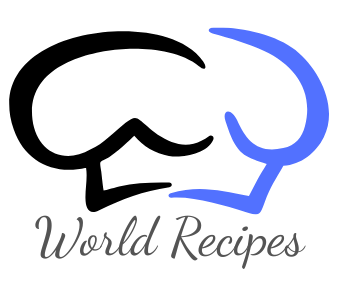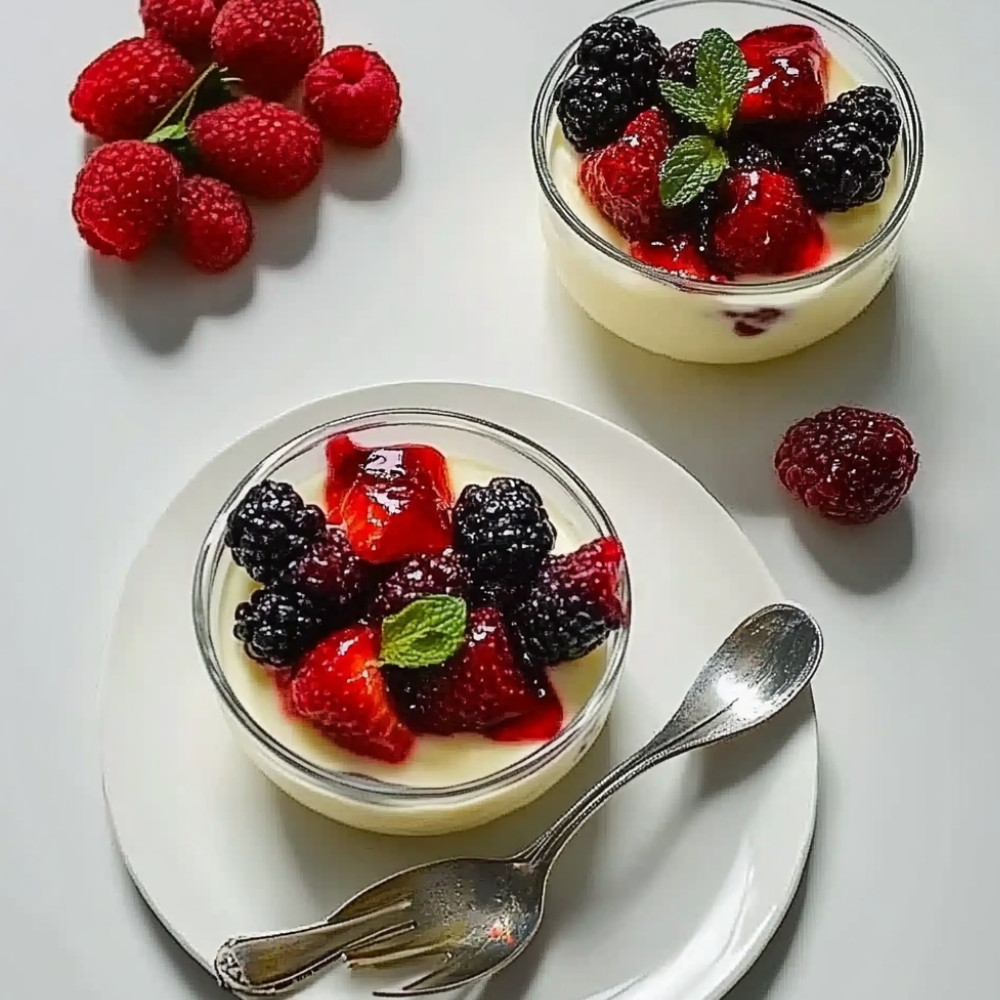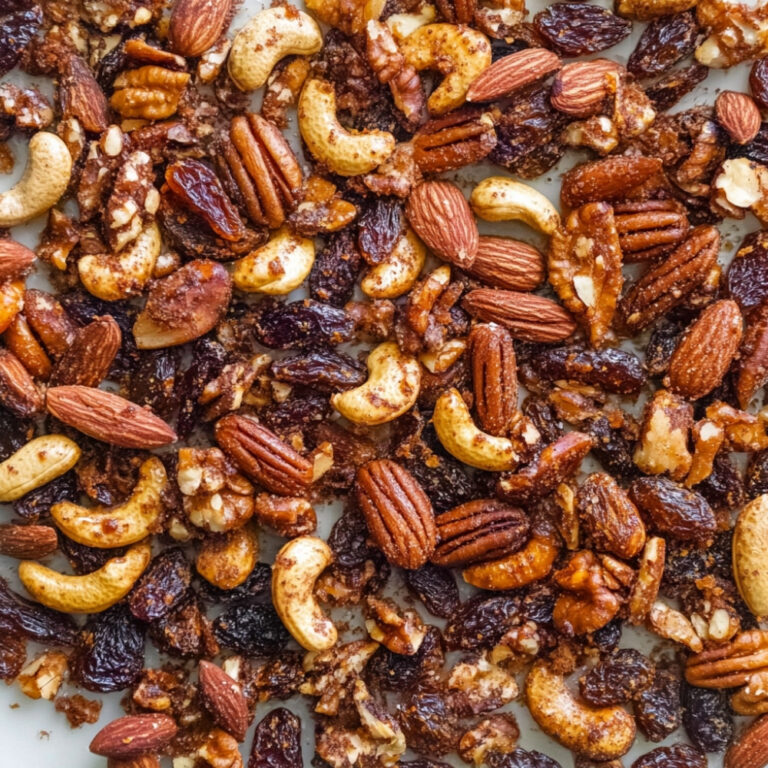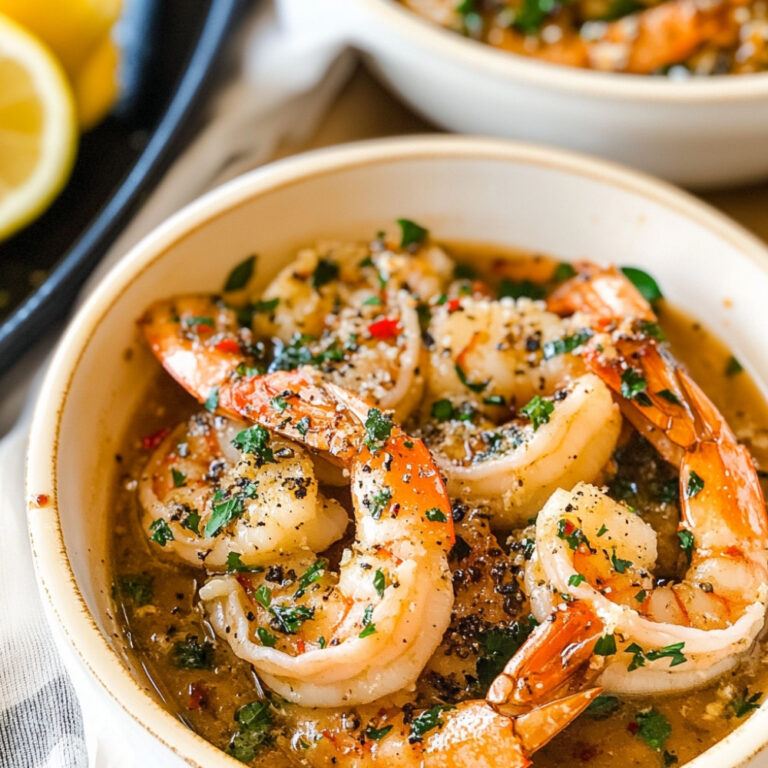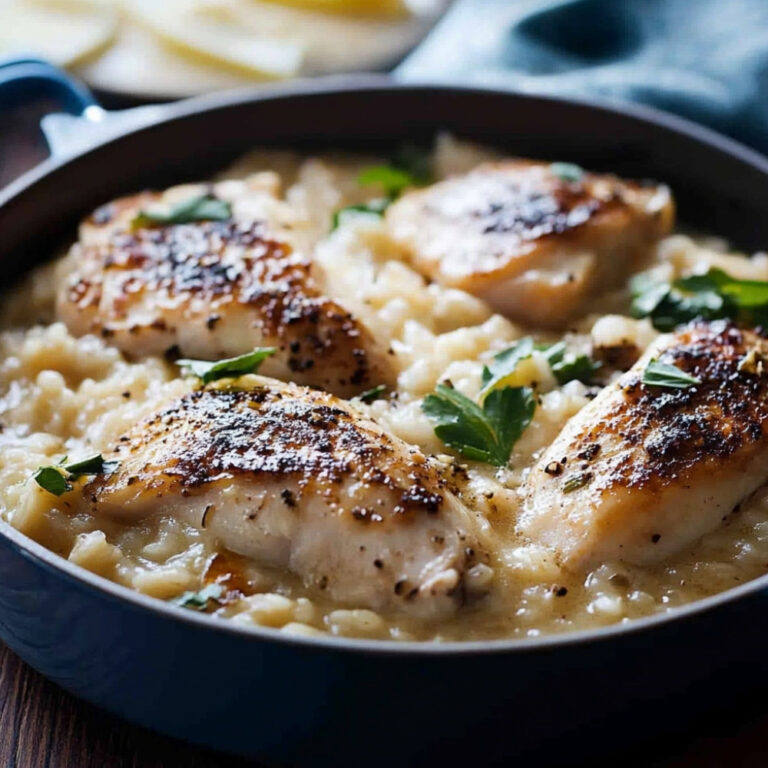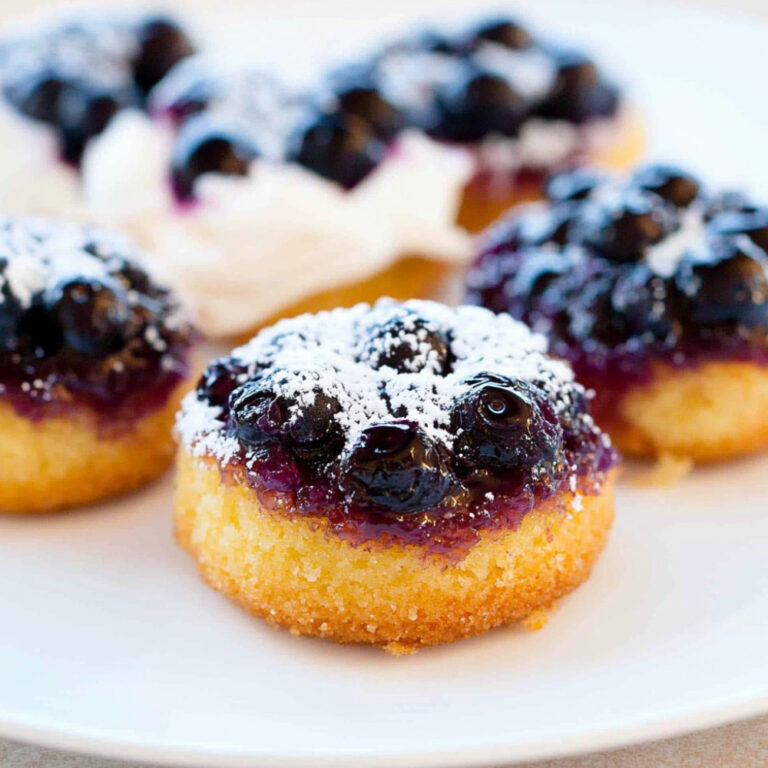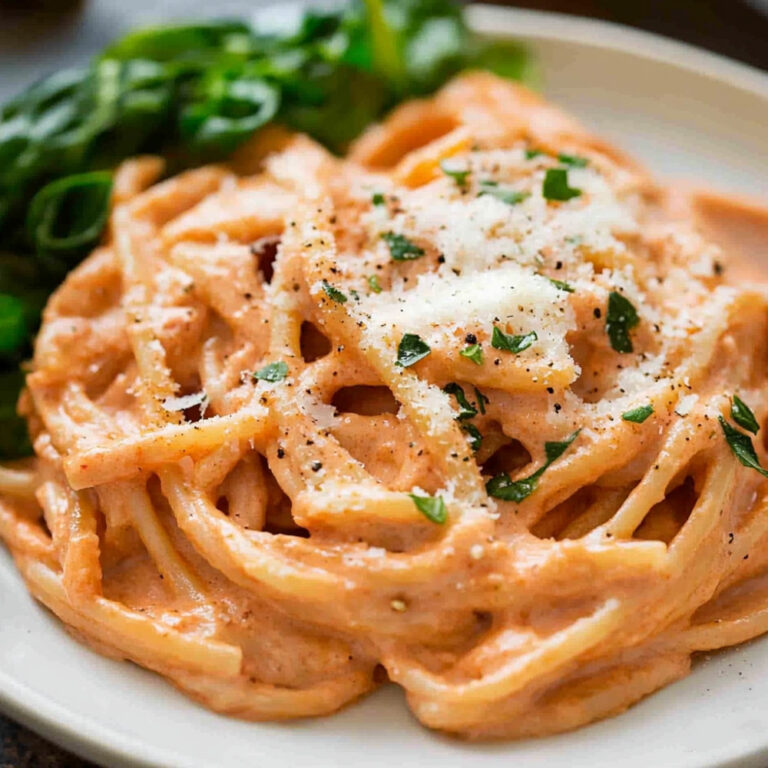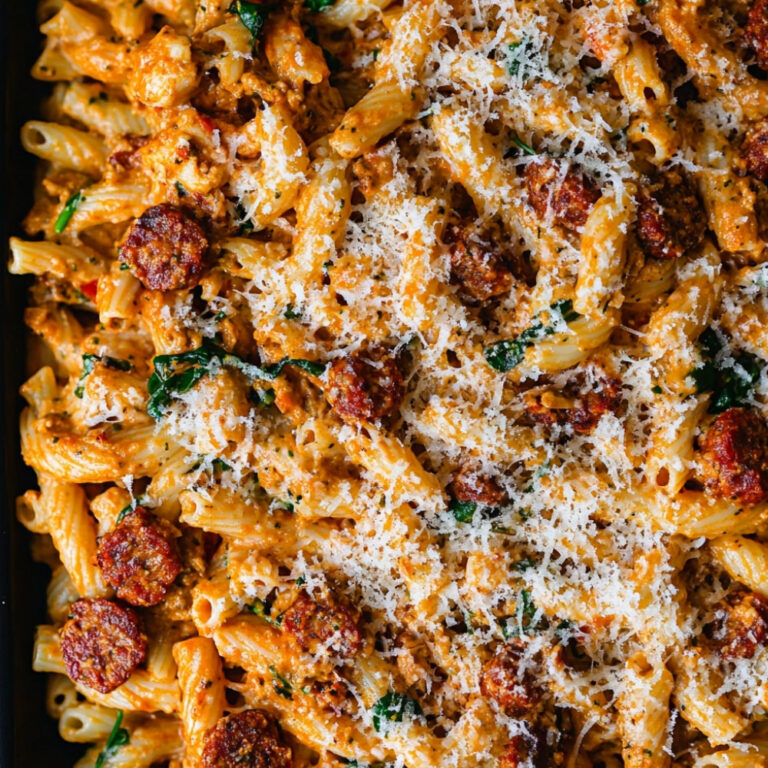Red Fruit Panna Cotta
The first spoonful of this red fruit panna cotta always takes me back to my grandmother’s narrow kitchen in the countryside, summer light sliding lazily through the shutters. She’d bring it to the table in little glass cups, the tops glossy with strawberries and the air smelling faintly of vanilla and warm milk. It’s not complicated, really – but it does feel like a small kind of magic when cream turns into something that gracefully holds its shape. And then that tangy-sweet fruit on top… it just makes everything brighter.
Why You’ll Crave It
- Silky, barely-sweet panna cotta that almost melts the second it meets your tongue
- Ain’t just pretty – the red fruit topping adds brightness and just the right tang
- Beautiful to serve… but secretly, so forgiving to make ahead
- Customizable – works with any berry you love or happen to have
- Feels indulgent, but isn’t too heavy after a meal
The first time I made this at home, my partner thought I’d bought it from a restaurant… which I, quite smugly, did not correct until he’d finished the second helping.
What You’ll Need
- Heavy cream: 500 ml – rich and cold from the fridge, full-fat please
- Milk: 250 ml – whole milk, not skim, to balance the cream
- Sugar: 100 g – just enough to gently sweeten
- Vanilla pod: 1 whole – sliced open and scraped, or you can use 1 tsp pure extract if needed
- Gelatin sheets: 4 – soaked first, they give the panna cotta its delicate set
- Red fruits: 300 g – raspberries, strawberries, redcurrants… any mix you like
- Lemon juice: 1 tbsp – for brightness in the fruit compote
- Mint leaves: a few – just for a bit of green on top when serving
Easy How-To
Soften the gelatin
First thing – get those gelatin sheets soaking in cold water. They need about 10 minutes to soften, and they’ll feel floppy and soft when they’re ready. Don’t rush this part, just let them sit while you do the rest.
Heat the cream mixture
In a medium saucepan, combine the cream, milk, sugar, and the vanilla pod with seeds (or your extract). Stir gently and bring it just up to a gentle simmer. Not a full boil – you don’t want it to bubble or scald. Just nice and warm through.
Add gelatin & melt
Take the pan off the heat. Squeeze the gelatin gently with your hands to remove extra water, then stir it into the warm cream mix. It’ll melt quickly – keep stirring until it completely disappears and the mix looks smooth again.
Cool and pour
Let the mixture cool for maybe 10 minutes or so (you don’t want it piping hot going into glasses). Then pour into little ramekins, molds, or tumblers – whatever you’re using. I like mismatched jars sometimes. There’s something lovely about it.
Chill to set
Pop them into the fridge and let them rest quietly for at least 4 hours. I usually make mine the night before – it makes the next day easier, and they honestly taste even better.
Cook that fruit topping
Meanwhile – in a small pot, add the red fruit, a spoon or two of sugar, and the lemon juice. Let it bubble over low-medium heat for about 5-8 minutes until soft but still chunky. Then cool. You can strain, if you want it fancy. I usually don’t, if I’m honest.
Top and serve
Once your panna cotta is firm – not stiff, but softly holding its shape – spoon the fruit over it. Add a mint leaf if you’re feeling a little extra. That’s it.
Good to Know
- If you tip the panna cotta out and it’s stuck… let the mold sit in warm water for a few seconds. Wiggle it gently. Usually does the trick.
- Fresh berries are best, of course, but frozen work really well too (especially in winter when strawberries taste like nothing).
- The panna cotta itself is pretty neutral, so you could even use stewed rhubarb or plums instead of berries if you’ve got some knocking about.
Serving Ideas
- Serve in clear glasses so the layers show – especially pretty if your fruit sauce is bright red
- Pair with buttery shortbread on the side for a little crunch
- Top with extra fresh berries just before serving if you want some texture contrast
Top Tricks
- Strain the hot cream if using whole vanilla pods – sometimes little seeds clump, and straining makes the final texture silkier
- If using powdered gelatin, the rule is 1 envelope (around 2 ½ tsp) for 500 ml liquid – just bloom it first in a bit of cold milk
Frequently Asked Questions
Can I use non-dairy milk and still get a good set?
You can, but it’s honestly not quite the same. Coconut milk (full-fat) gives the best texture if going dairy-free – just know it will have a definite coconut flavor.
Why didn’t my panna cotta set?
Usually it’s due to the gelatin – either not enough, or the cream mixture was too hot and damaged it. Try checking your measurements and blooming technique next time.
Can I freeze panna cotta?
I wouldn’t recommend it. The texture really suffers. It’s much better made ahead and kept in the fridge for up to 3 days.
What’s the best way to serve it at a dinner party?
Make it the day before, keep them in glasses or ramekins, add the fruit topping just before serving. That way there’s no stress – and no sticking to the molds when you least need problems.
Is there a good substitute for gelatin?
If you’re vegetarian, agar-agar works, but it needs precise handling and gives a firmer texture. I’d test it once before serving guests, just in case.
